Discovering the Tile Museum in Lisbon:
A Journey Through Azulejo Artistry and History
Embark on a captivating journey through Lisbon’s cultural tapestry at the Tile Museum. Discover the allure of azulejo artistry in every tile. Here is everything you need to know to visit the Tile Museum in Lisbon!
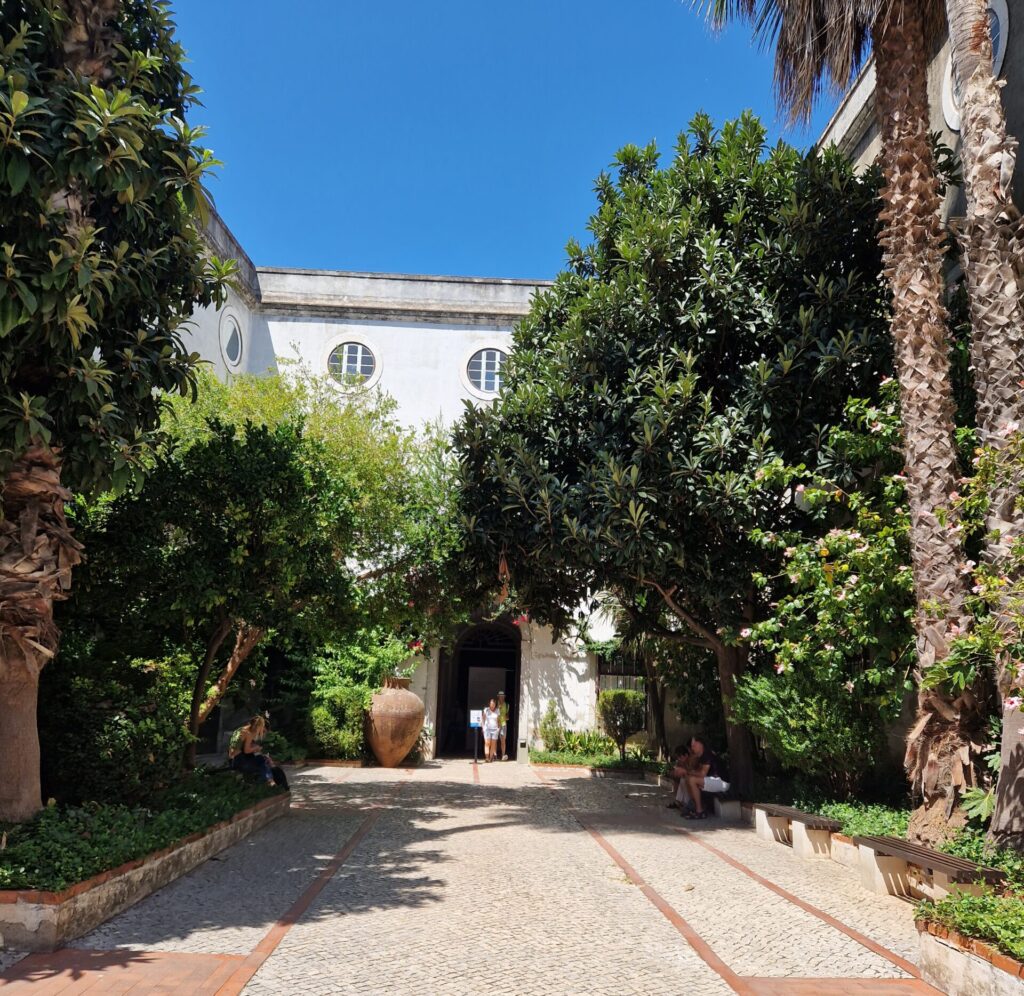
Plan your visit
The Tile Museum in Lisbon is not just a visit to a cultural institution; it’s a step into the intricate tapestry of Portugal’s history and artistry. As you plan your visit, let this guide be your compass, providing insights into the museum’s location, historical significance, and a curated list of must-see attractions. Whether you’re a seasoned traveler, an art enthusiast, or someone with a curious spirit, the Museu Nacional do Azulejo invites you to explore the fascinating world of Portuguese azulejos and the stories they tell. Join us as we pave the way for an unforgettable experience in this remarkable museum.
Location and History
The Tile Museum is housed in the 16th-century Madre de Deus Convent. Founded in 1509 by Queen D. Leonor, the convent underwent reforms during the reigns of D. João III, D. Pedro II, and D. João V.
The convent was partially destroyed by the 1755 earthquake, it closed in 1868, with plans to transform it into a museum. The transformative project took shape between 1957-58, commemorating Queen Leonor’s 500th birth anniversary. Santos Simões, appointed in 1965, became the first director.
Today, the museum showcases Portugal’s tile craftsmanship evolution, spanning five centuries from Islamic origins to contemporary designs. Accessible via public transportation on Rua da Madre de Deus, it stands as a living cultural testament.


Islamic Influence on Azulejos
Begin your journey through the Tile Museum by exploring the section dedicated to the Islamic influence on Portuguese azulejos. Admire the intricate geometric patterns and vibrant colors that reflect the early origins of this unique art form. Gain insights into how Moorish craftsmen brought their skills to Portugal, leaving an indelible mark on the country’s visual identity.

Portuguese Blue and White Tiles
A highlight of the museum is the extensive collection of blue and white tiles, a style synonymous with Portuguese azulejos. Marvel at the detailed scenes depicting historical events, religious stories, and everyday life. The blue and white tiles, often featuring delicate hand-painted designs, are a captivating testament to the craftsmanship of Portuguese artists.
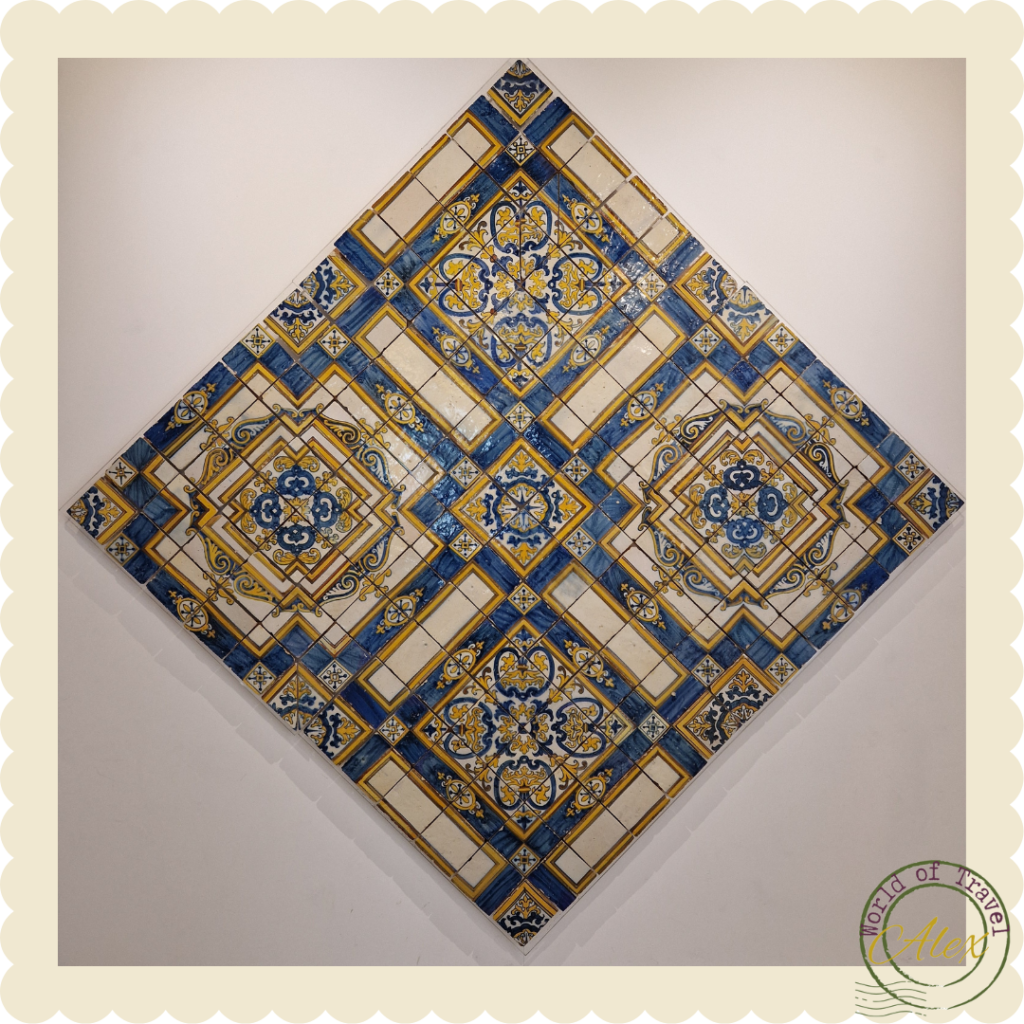
The 16th-Century Cloister
Explore the stunning architecture of the Tile Museum’s 16th-century mannerist cloister, a true testament to remarkable architecture from a bygone era. This architectural gem invites visitors to stroll through its corridors and immerse themselves in the intricate details that define this historical structure.
Take a stroll around the courtyard of Madre de Deus Convent, and be amazed by every angle of the stunning cloister. This spot is often what you will se on social media from the tile museum. The closter spanns over two floors, and the courtyard is roofed by a glas ceiling.
The combination of architectural finesse and artistic expression within the 16th-century mannerist cloister creates a harmonious blend of form and function. This section of the museum not only showcases the craftsmanship of the era but also serves as a living testament to the cultural richness that has defined Portugal’s heritage for centuries.

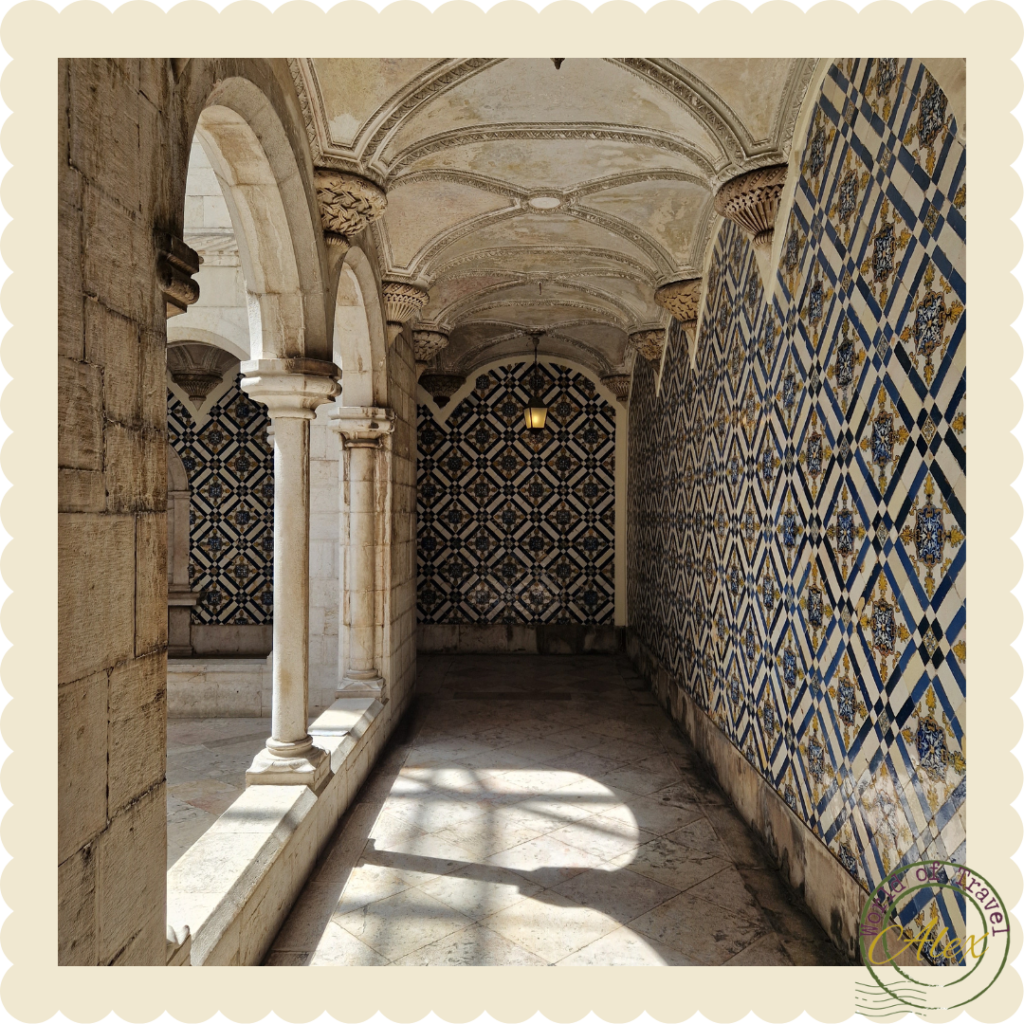
The Chapel of Saint Anthony
Step into the immersive history of the Tile Museum by exploring the Church, cloister, and sacristy of the Madre de Deus Convent. In the Chapel of Saint Anthony, where Baroque architecture converges with intricate azulejos, creating a mesmerizing atmosphere. As you delve into the chapel’s space, the walls come alive, vividly narrating Saint Anthony’s life—a visual and experience for all visitors.
the 18th-century Baroque decoration within the Chapel of Saint Anthony is decorated with numerous canvases by André Gonçalves, this section adds an extra layer to the museum’s rich historical and artistic tapestry. It’s a display of full Portuguese Baroque splendor, where gilded and carved wood seamlessly blend with paintings and tile panels.
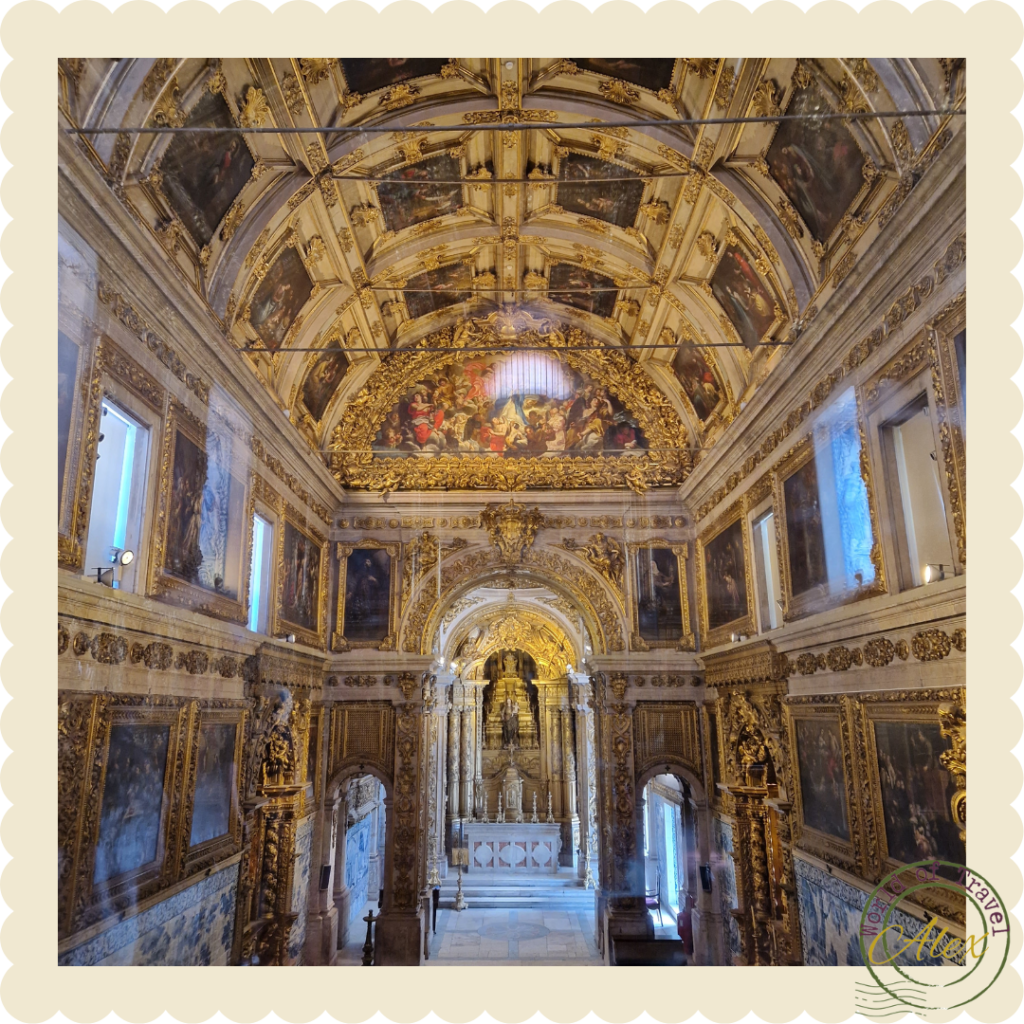

Tiles from the 18th Century
Discover the surviving tiles from the 1755 Lisbon earthquake, a catastrophic event that caused immense damage in the city. The artifacts display different styles that emerged during the reconstruction period, telling a compelling story of resilience and recovery.
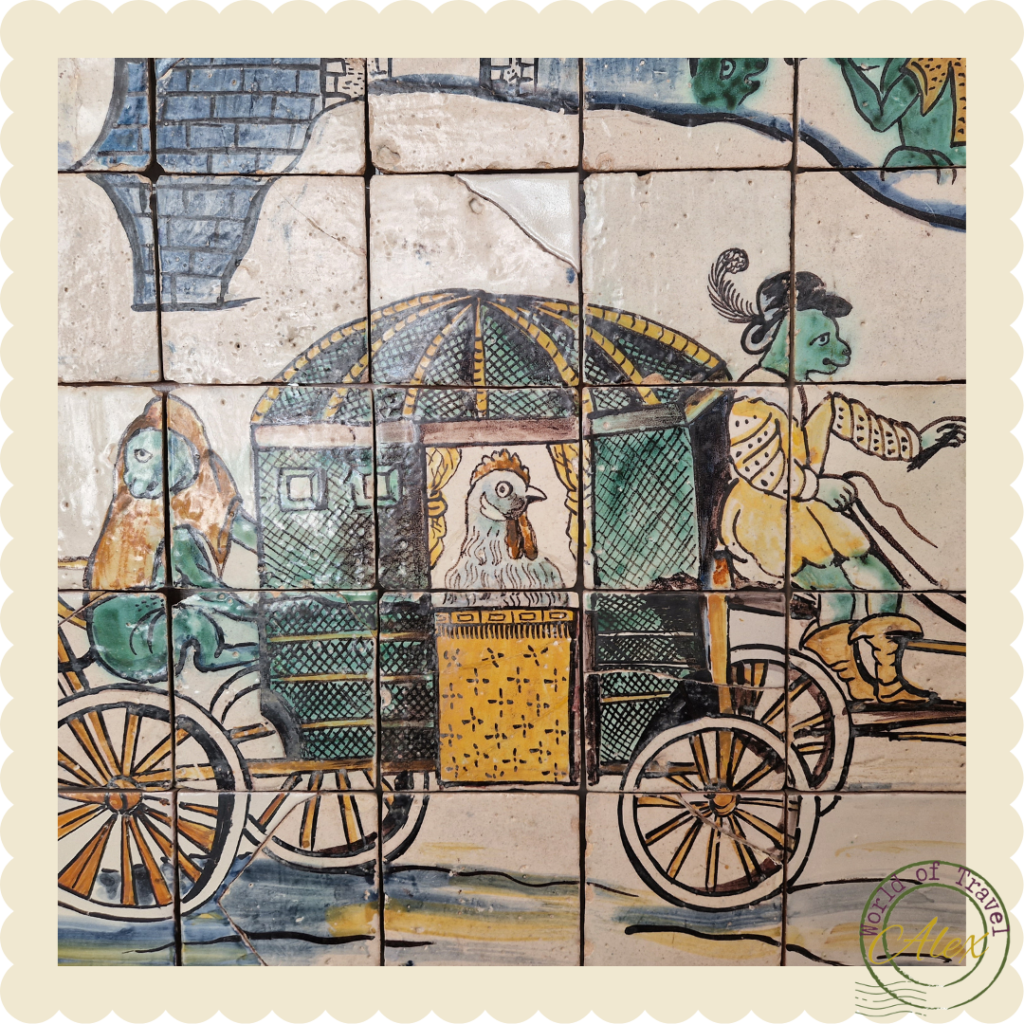
Modern Azulejos
Conclude your visit by immersing yourself in the contemporary section of the museum. Witness how contemporary artists have embraced and reinvented the tradition of azulejos, creating vibrant and thought-provoking pieces that bridge the gap between past and present.
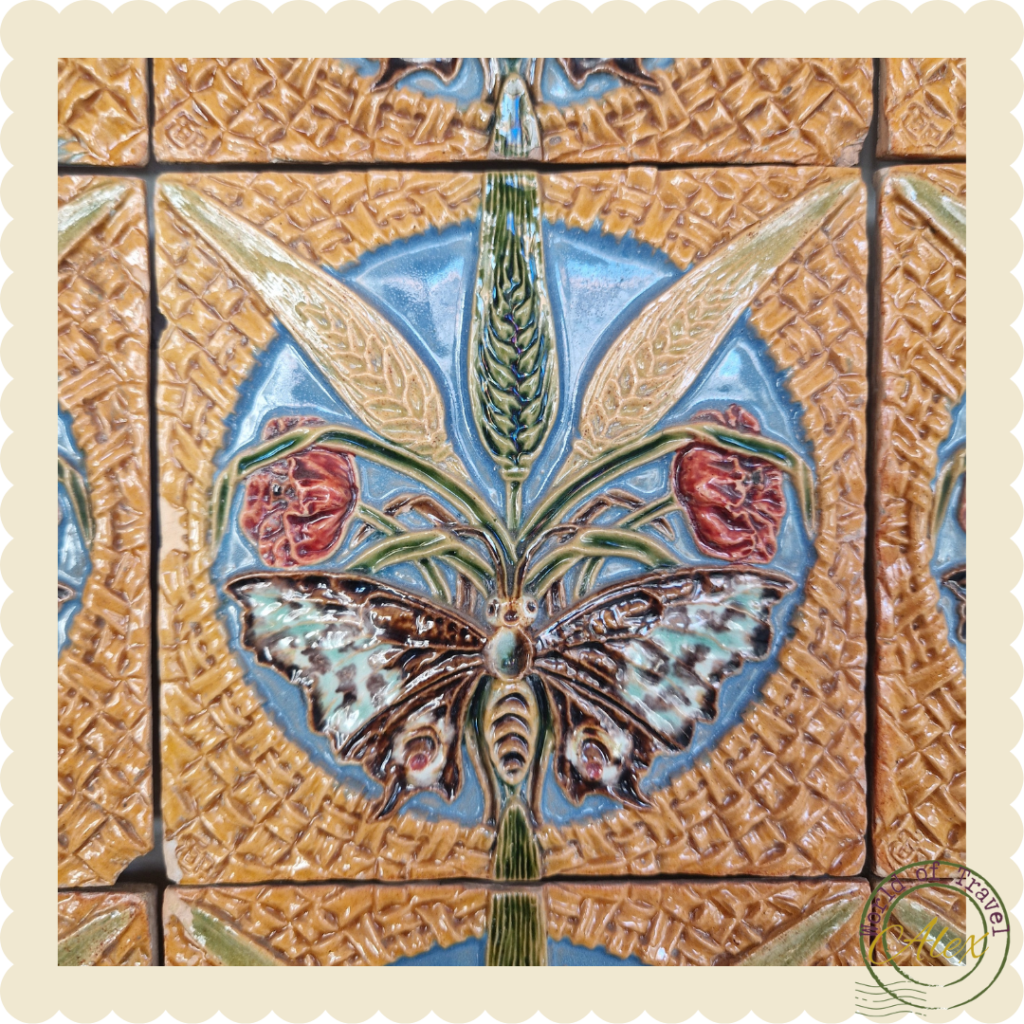
Accessibility and facilities
The Tile Museum prioritizes accessibility for all visitors. Equipped with ramps and elevators for individuals with mobility challenges.
The museum provides well-maintained WC facilities. The restaurant is located in a beautiful courtyard from the monastery, and will cater to basic food for museum visitors. There is also a museum shop. Please note that the shop is closed between 1-2 pm, aligning with the museum’s schedule.
Public transport
Underground: Santa Apolónia Station is about 20 minutes away with bus.
Bus: Igreja Madre Deus: no. 210, 718, 742, 759.
Opening times and admission
Tuesday to Sunday: 10am–1pm, 14pm-18pm
Closed: Mondays and between 1pm–2pm
Adult: €5
Children under 12 are free
Senior: €2,50
Sudents: €2,50
The tile museum is included in the Lisbon Card


